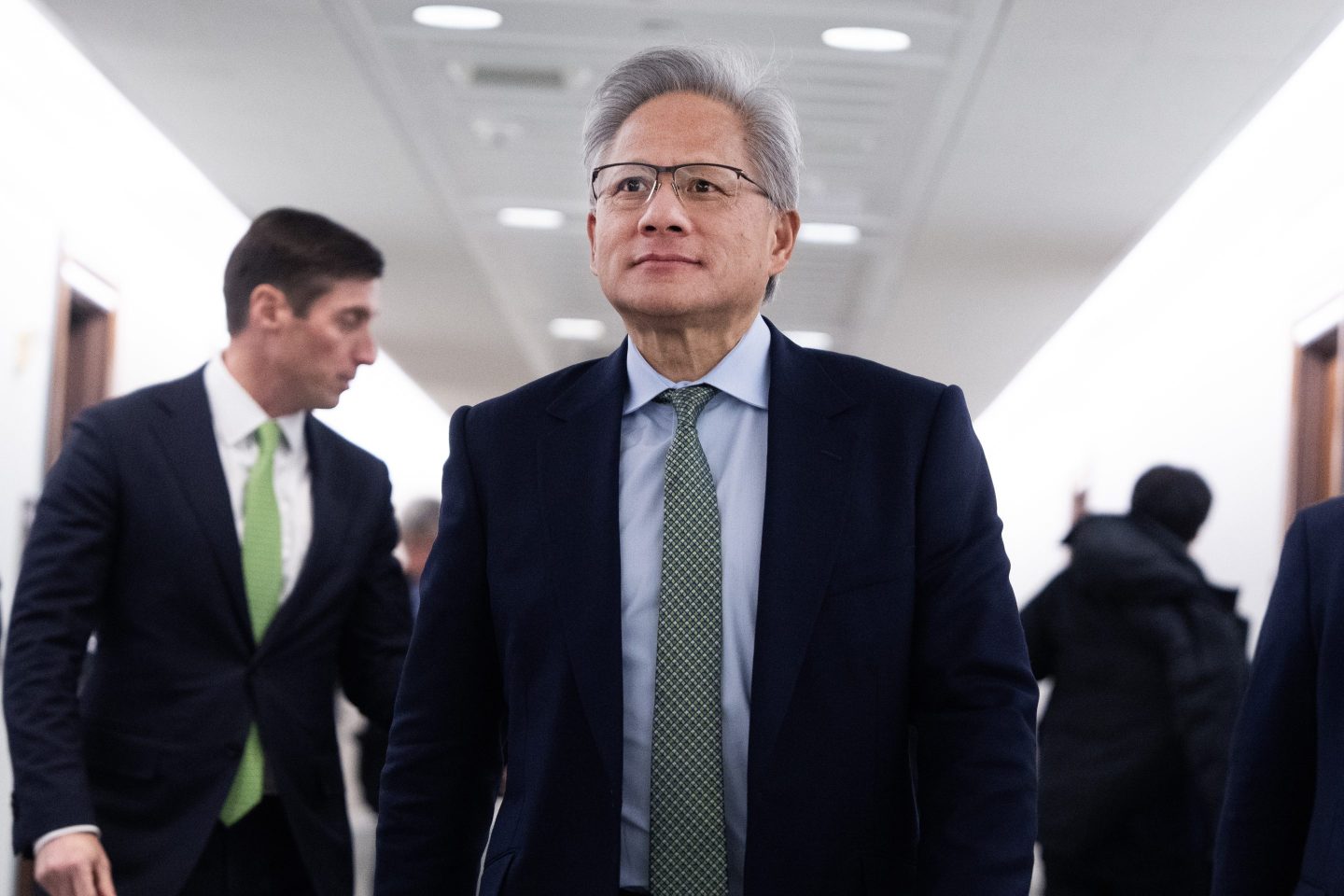Sovereign debt crises aren’t just for foreigners any more.
It appears “quite likely” that the United States will face one of its own in the next two decades unless Congress gets its act together and stops making bigger promises, economist Arnold Kling writes in a paper at the libertarian-leaning Mercatus Center of George Mason University.

“It would appear to be quite likely that the United States will experience a debt crisis within the next two decades, unless the path for fiscal policy changes from what is projected by the Congressional Budget Office,” Kling writes in “Guessing the Trigger Point for a U.S. Debt Crisis.”
Kling, a former Freddie Mac economist, Federal Reserve staffer and prominent blogger, has hit this note before. This spring he called the United States’ structural budget deficit – the growing gap between tax receipts and government spending — a “crisis.”
Kling concedes that his latest project, which measures the risk that investors will shun U.S. debt at a point between 2015 and 2035, takes on an “impossibly complex problem.” But the paper is certainly timely. While policymakers have been fretting over U.S. finances for years, this summer’s downgrade in developed world growth projections has put fears of a sovereign default back on the front burner.
Kling says the key in estimating when a nation’s debt problem might shift from chronic to acute is to “estimate the psychological stress point of bond investors, which in turn depends on theirassessment of the political/economic stress point of governments.”
He suggests that one solution lies in estimating how much capacity a country has to cut spending – its “pain threshold” – and comparing that with the point at which investors might be expected to cry uncle – the biggest debt burden a country can shoulder while still borrowing in the market.
The key is judging these levels — which is ultimately nothing more than a guess, Kling writes. He says a market that decides the United States isn’t willing to take any pain to make cuts could spur a crisis practically immediately, while a market that believed in U.S. belt-tightening might not spur a crisis even 20 years from now.
For now, the low rates on U.S. debt show that investors believe political leaders will make the necessary cuts and that taxpayers will accept them. But Kling warns that a shift in that perception, should it take place, would be devastating.
If the political process continues to enlarge the government’s commitments to spend in the future, investor expectations will change at some point. That change in market perception is likely to be swift and severe.











